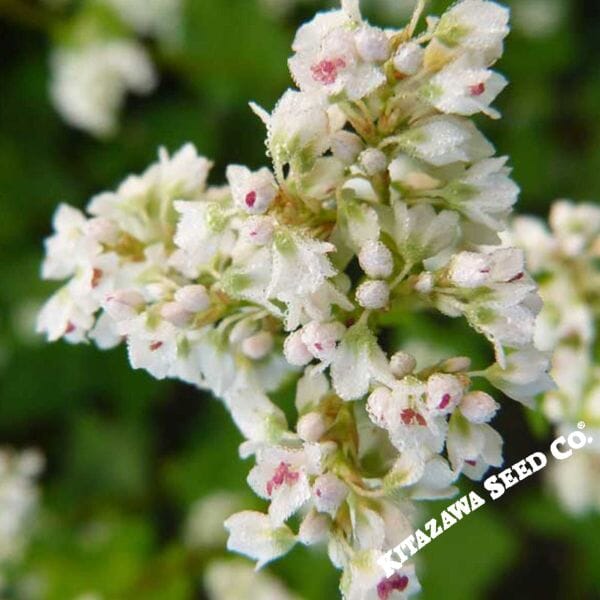

- One of the best crops to feed the bees, this variety is the result of cultivating for more stable buckwheat yields, however using the grains whole will require de-hulling.
$3.99
Get FREE SHIPPING on your order! (lower 48)
Add only $75 more to your order to qualify!
Fagopyrum esculentum(49 days) Buckwheat is the perfect smother crop, adding valuable green manure to your soil. You can also harvest it for seed. We do both. We thresh the grain for our chickens and add the stalks to the compost pile. This is THE crop for bee food. Honeybees just love buckwheat and it makes a highly sought after honey rarely found on the market anymore. You will notice that blossoms are more active in the morning when the plant produces more nectar.
SKU: 46076







